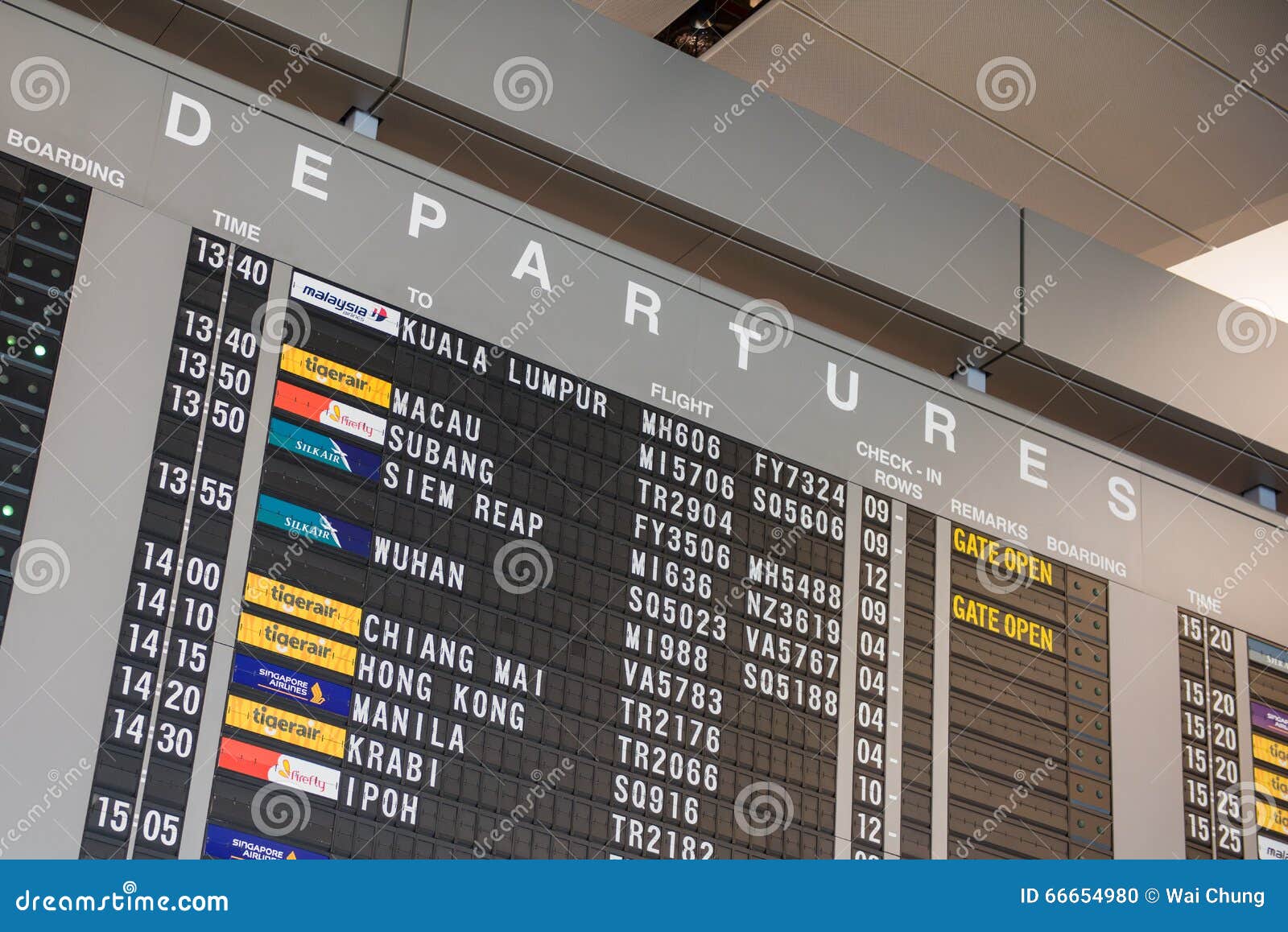

Each group had to ship its aircraft to Newfoundland and make a rough field for the takeoff. Morgan in a Martinsyde the Handley Page Group, led by Mark Kerr and the Vickers entry John Alcock and Arthur Whitten Brown. They were Australian pilot Harry Hawker with observer Kenneth Mackenzie-Grieve in a single-engine Sopwith Atlantic Frederick Raynham and C. There were four teams competing for the first non-stop flight across the Atlantic. This flight was not eligible for the Daily Mail prize since it took more than 72 consecutive hours and also because more than one aircraft was used in the attempt. A trail of 53 "station ships" across the Atlantic gave the aircraft points to navigate by. The whole journey took 23 days, with six stops along the way. to Newfoundland, then to the Azores, and on to mainland Portugal and finally the United Kingdom. The war saw tremendous advances in aerial capabilities, and a real possibility of transatlantic flight by aircraft emerged.īetween 8 and, the Curtiss seaplane NC-4 made a crossing of the Atlantic flying from the U.S. The competition was suspended with the outbreak of World War I in 1914 but reopened after Armistice was declared in 1918. The aviator who shall first cross the Atlantic in an aeroplane in flight from any point in the United States of America, Canada or Newfoundland and any point in Great Britain or Ireland" in 72 continuous hours.


In April 1913 the London newspaper The Daily Mail offered a prize of £10,000 (£470,000 in 2022 ) to They took off from St John's, Newfoundland, and landed in Clifden, County Galway, Ireland. The first successful transatlantic flight in a balloon was the Double Eagle II from Presque Isle, Maine, to Miserey, near Paris in 1978.Īlcock and Brown made the first non-stop transatlantic flight in June 1919. Lowe prepared a massive balloon of 725,000 cubic feet (20,500 m 3) called the City of New York to take off from Philadelphia in 1860, but was interrupted by the onset of the American Civil War in 1861. The flight lasted less than a day, crash-landing in Henderson, New York. In 1859, John Wise built an enormous aerostat named the Atlantic, intending to cross the Atlantic. The balloons of the period were inflated with coal gas, a moderate lifting medium compared to hydrogen or helium, but with enough lift to use the winds that would later be known as the Jet Stream. The idea of transatlantic flight came about with the advent of the hot air balloon. 6 Failed transatlantic attempts of the 21st century.5 Notable transatlantic flights of the 21st century.3 Notable transatlantic flights and attempts.1.3 Commercial aeroplane service attempts.


 0 kommentar(er)
0 kommentar(er)
